Sparen Sie 50 € bei Ihrer ersten Reparatur mit dem Code: Repair2Care
Sparen Sie 50 € bei Ihrer ersten Reparatur mit dem Code: Repair2Care
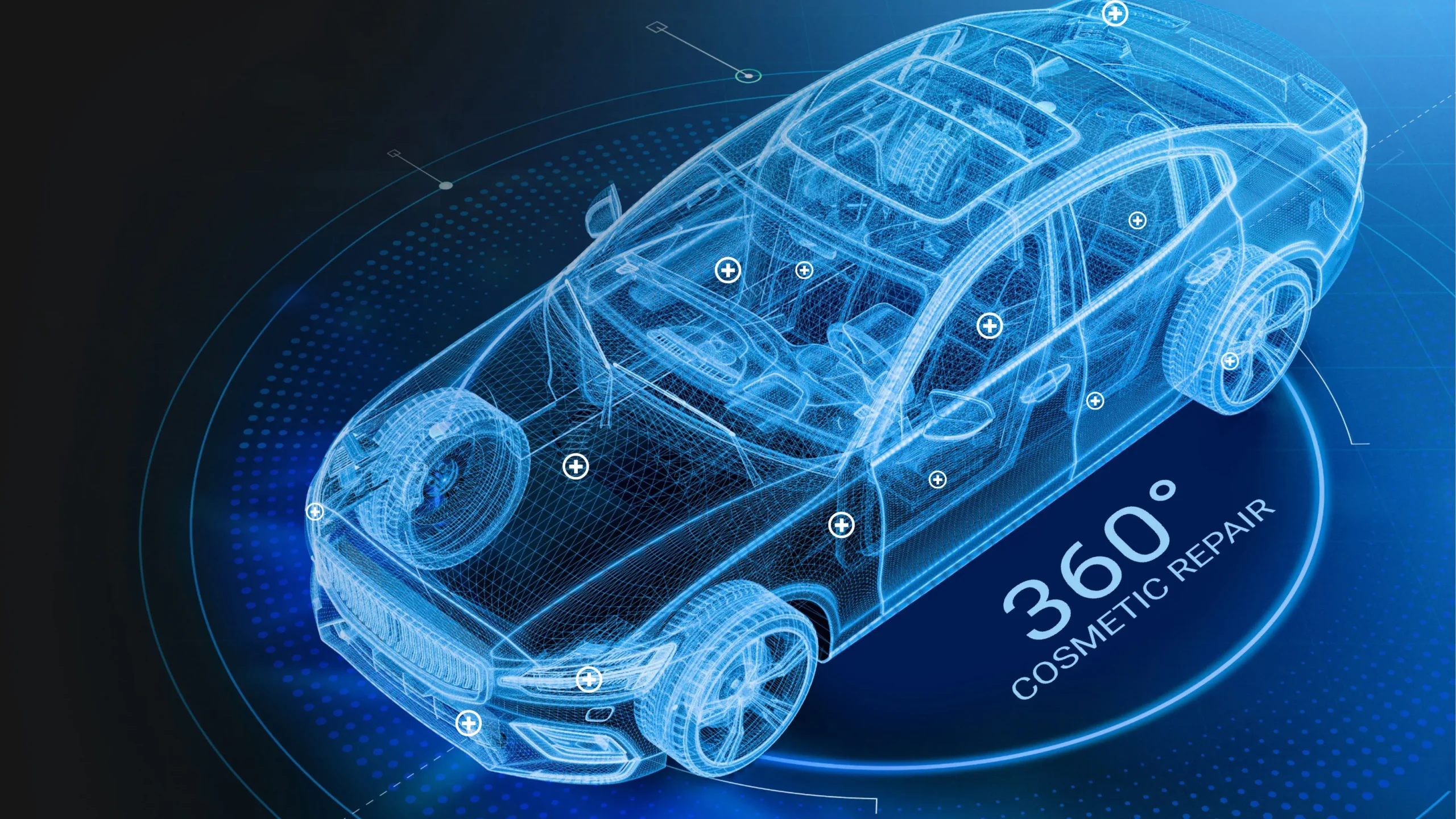
Leasing cars has become a popular option. Both private individuals and businesses choose leasing because of the flexibility it offers. By choosing leasing, you get access to a new car without incurring the same costs as buying a car.
But one of the most worrying aspects of leasing is what the costs are at the end of the lease period. Many people experience being presented with a large bill at the end of the lease because the car is returned with damage that is not accepted by the leasing company.
In principle, a leased car should be returned in the same condition as it was at the beginning of the lease period. To make it easier for you, we have compiled an overview of the typical damages that are accepted by the leasing company at handover.
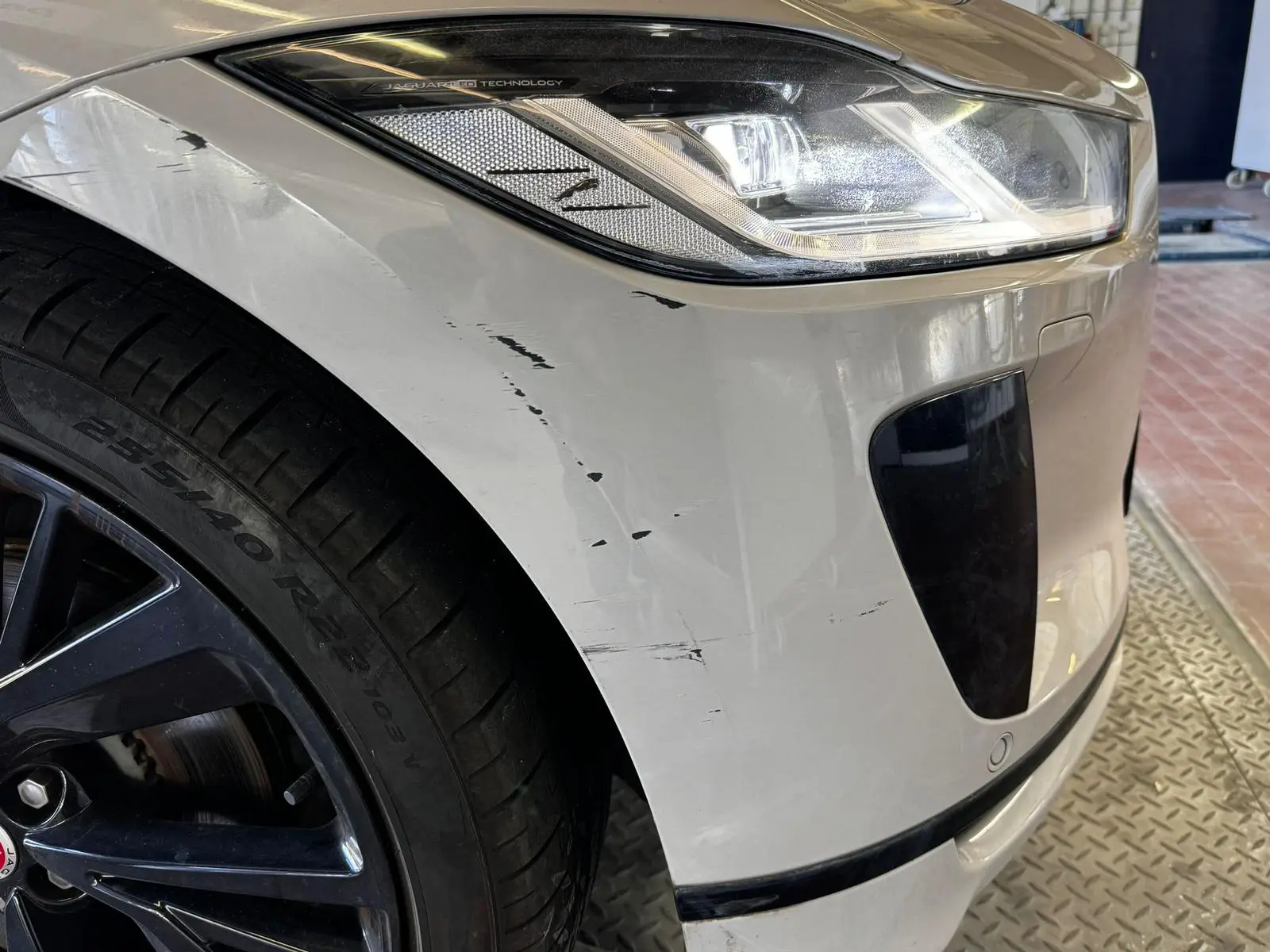
Leasing companies understand that daily use can result in minor cosmetic damage such as small scratches and scuffs in both the paintwork and on the rims. Generally, these damages are accepted as long as they are not deep or extensive. A scratch that can be polished away or small scratches that have not penetrated the paint are considered normal wear and tear.
If you have a major scratch on your car, we recommend that you have a paint scratch repair done. It's best to do this before you return the car. That way you can do it cheaper than if you let your leasing company take care of the repair.
The same applies to larger scratches on rims. If you have curb damage, we recommend that you have the rim refurbished or repaired before you return the leased car.
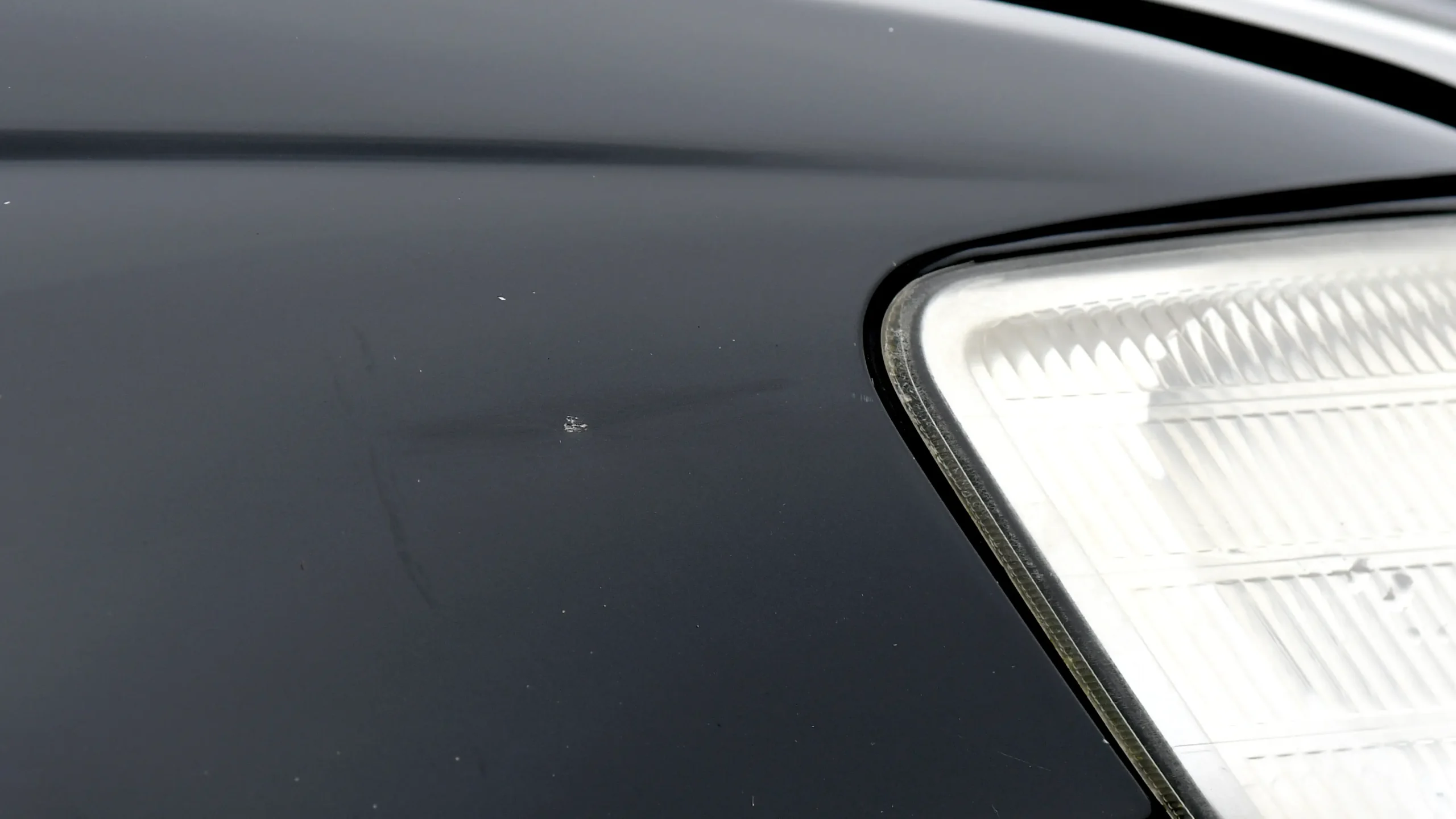
Stone chips on the hood and front of the car and very small dents on the doors from parking damage are also common damages that are usually accepted. However, it is important that the stone chips have not developed rust and that the dents are not so extensive that they have damaged the structure of the car.
However, in our experience, if you have obvious stone chips, you should repair them before returning the leased car. You can get your stone chips on car windows repaired and stone chips in the paint repaired at prices that are affordable for most people.
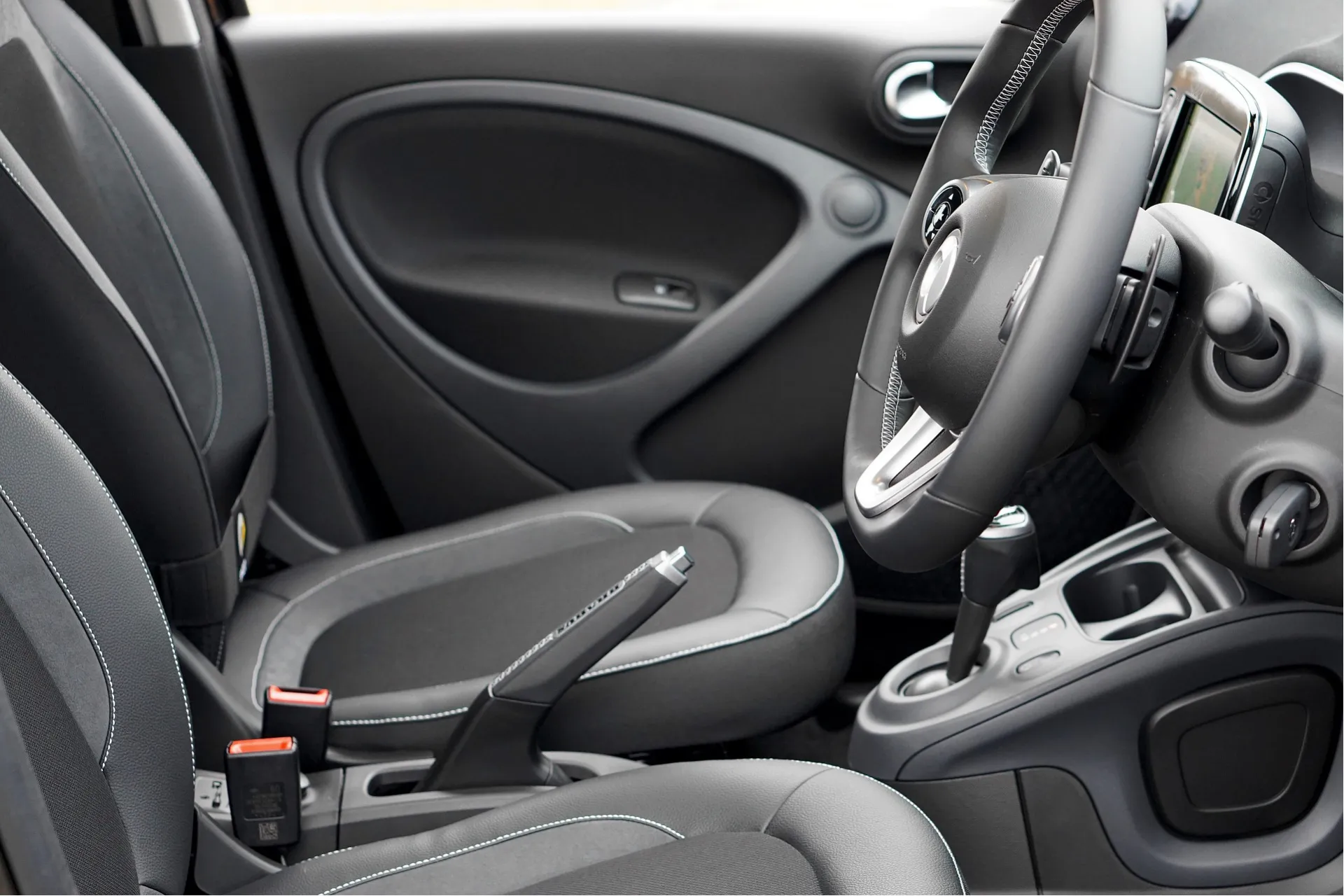
Slight wear and tear on your car seats, small stains, and minor scratches on the interior are usually acceptable. It's understandable that car seats and other surfaces in your car can show signs of use over time.
However, major scratches, holes, large areas of stains or discoloration are damages that should be repaired before lease delivery. Otherwise, you could risk a large additional charge from your leasing company.
You can have your car interior repaired if the damage is not too extensive. If the damage is too extensive, it can't be repaired to an undetectable level.
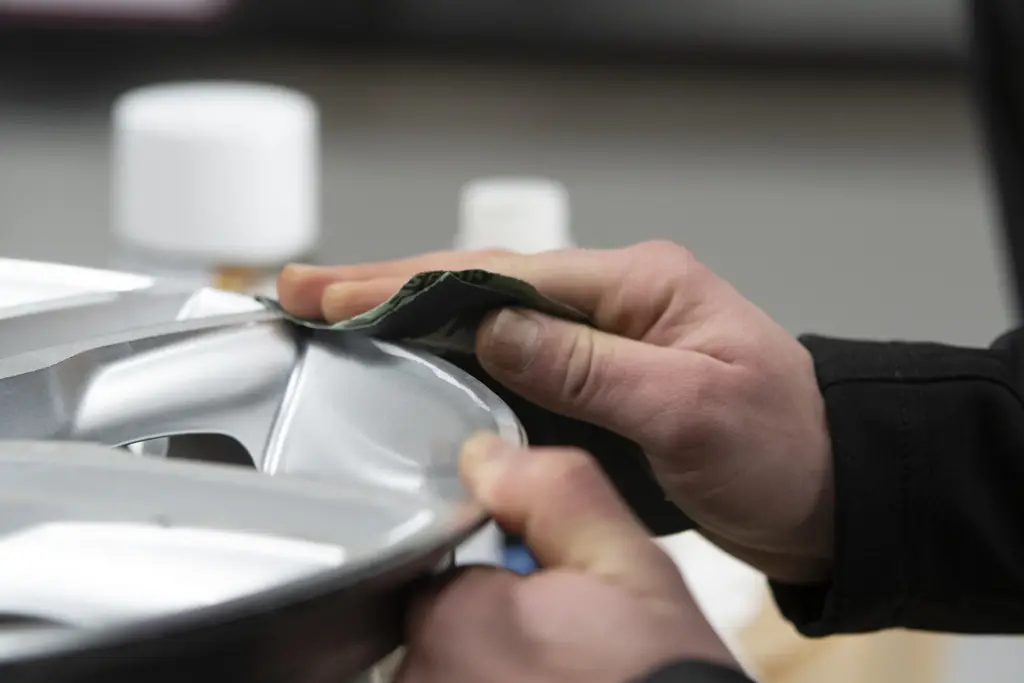
Leasing companies expect tires to have a certain amount of wear, but they must still meet the minimum tread depth requirements of the law. Worn tires that have less than 1.6 mm of tread remaining are typically not accepted by the leasing company on lease return.
Curb damage on rims is also a common form of wear and tear that is often accepted if the scratches are minor and can be polished away. There may also be superficial rust on the rims, which is also typically accepted.
If your rims have larger scratches, you should have the rims repaired before delivery. It is possible to have both painted alloy wheels repaired and Diamond Cut wheels repaired professionally and at low prices.
It should be emphasized that acceptable wear and tear and damage can vary from company to company, so it's always a good idea to read your leasing contract carefully. You'll get a better overview of what damage and wear and tear is acceptable. You can also see what you should have repaired before you return your leased car.
Some companies also offer guides or checklists that can help you assess the condition of the car before handing it back.
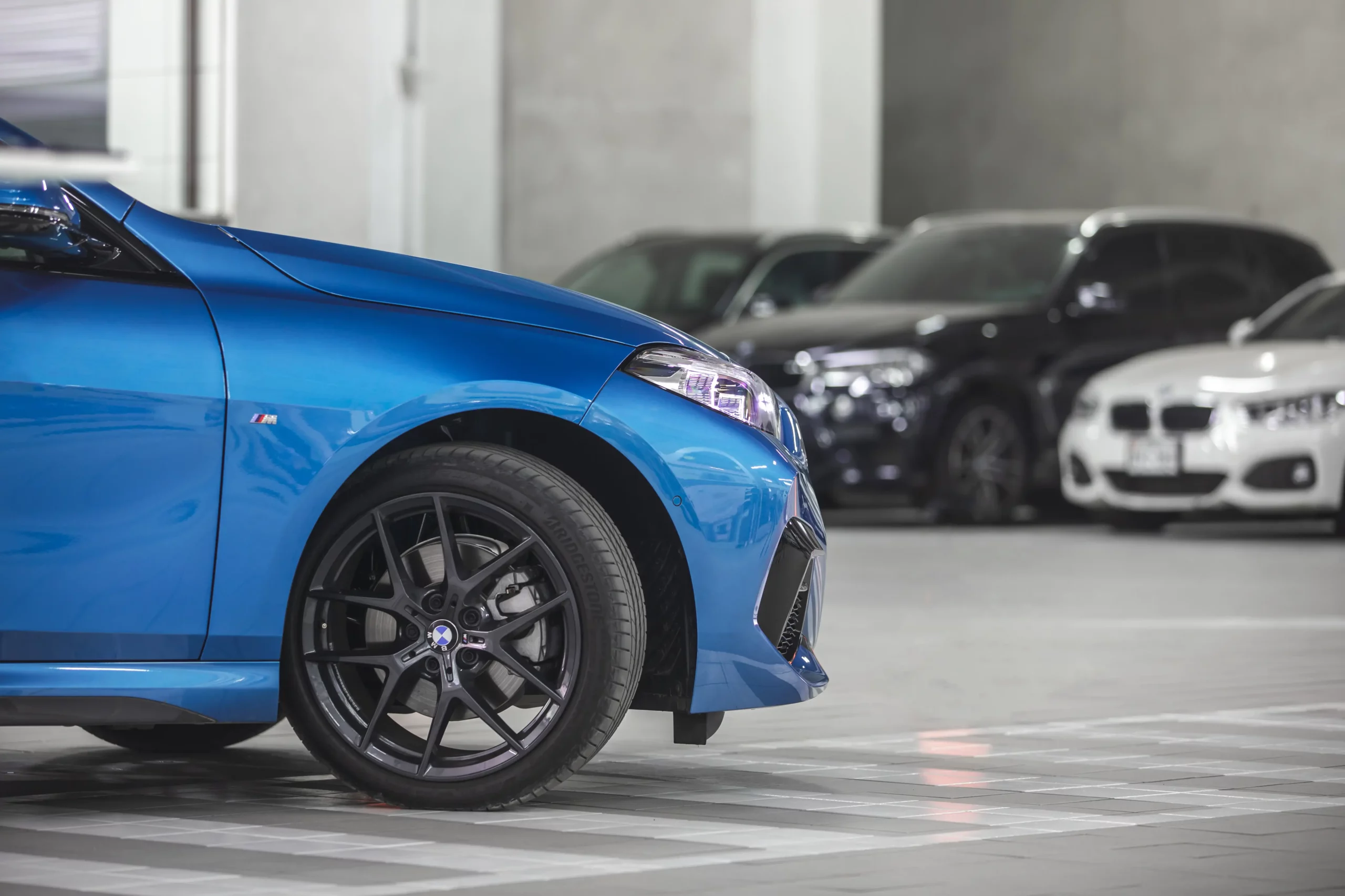
To avoid unpleasant surprises at the end of the lease period, it's a good idea to take care of the car as if it were your own. Regular washing and interior cleaning of the car can save you a lot of worry. Quick repairs to small damages can also help. Do this while you have the car to avoid extra costs when you return it.
In conclusion, most leasing companies are reasonable in their assessment of normal wear and tear.
It's a good idea to have an objective inspection of your leased car before handover. This will help you avoid unexpected and high costs at handover. If you have damage that needs to be repaired, you can also have it repaired much more cheaply yourself than if you let the leasing company handle the repairs. Get a cosmetic car inspection, and let us help you with your damage before lease return.